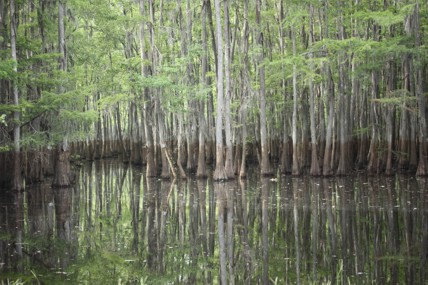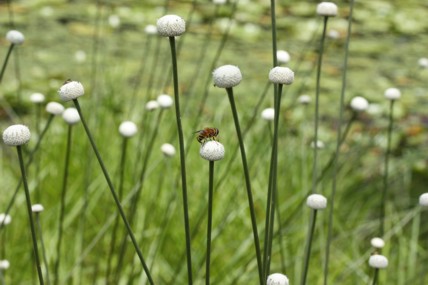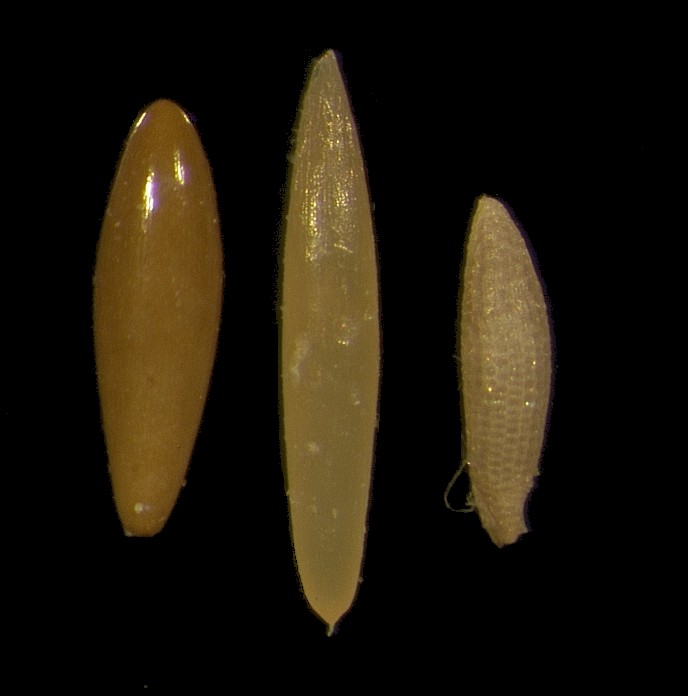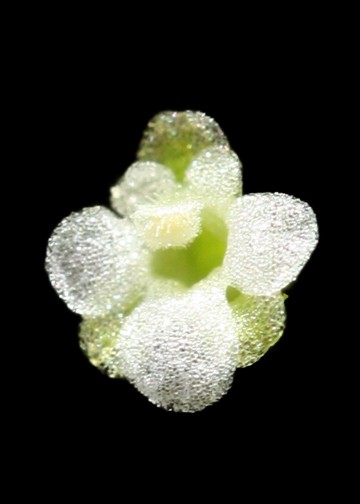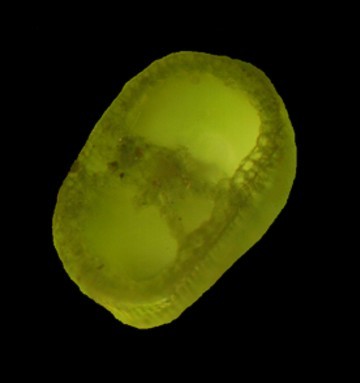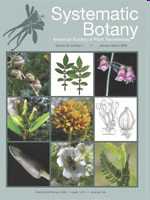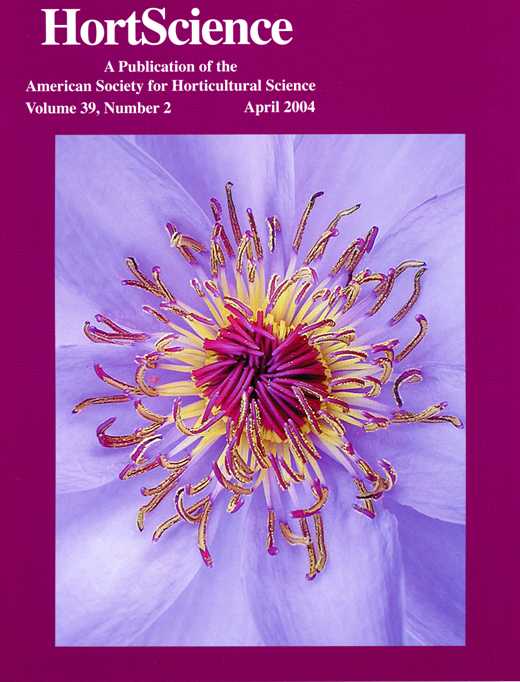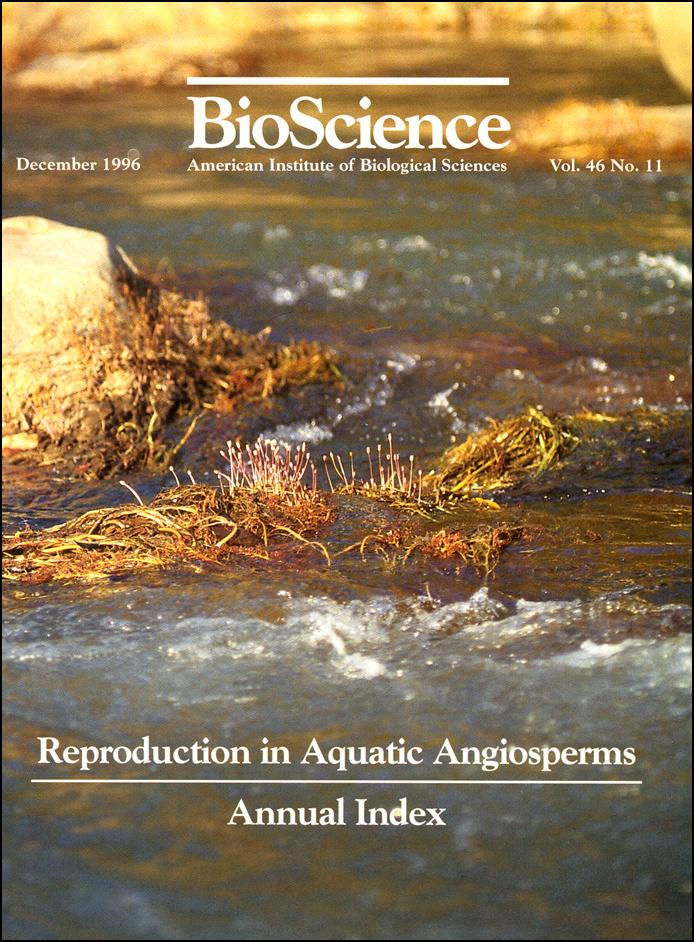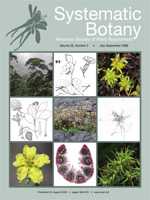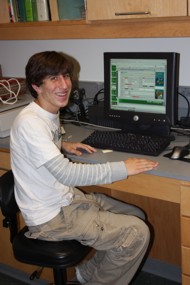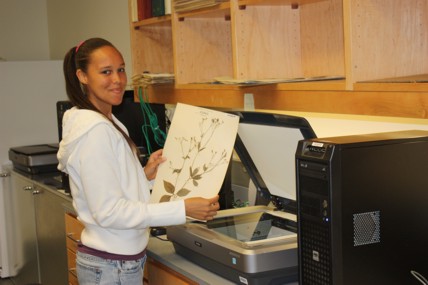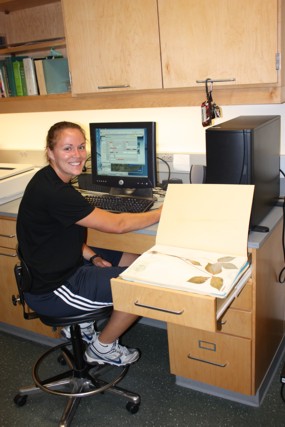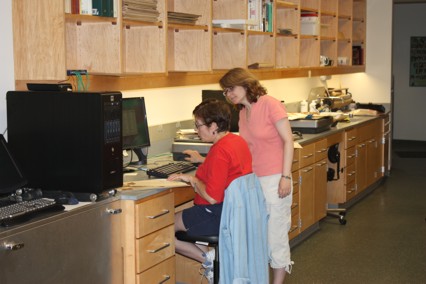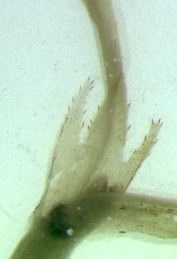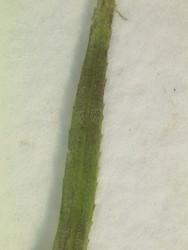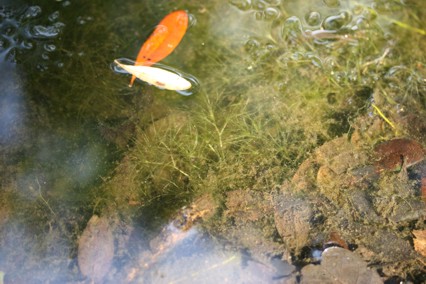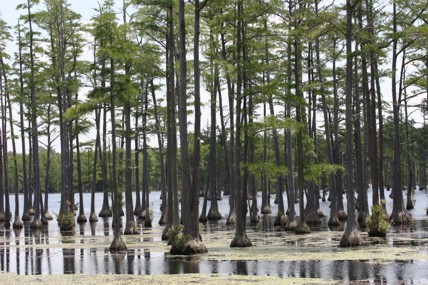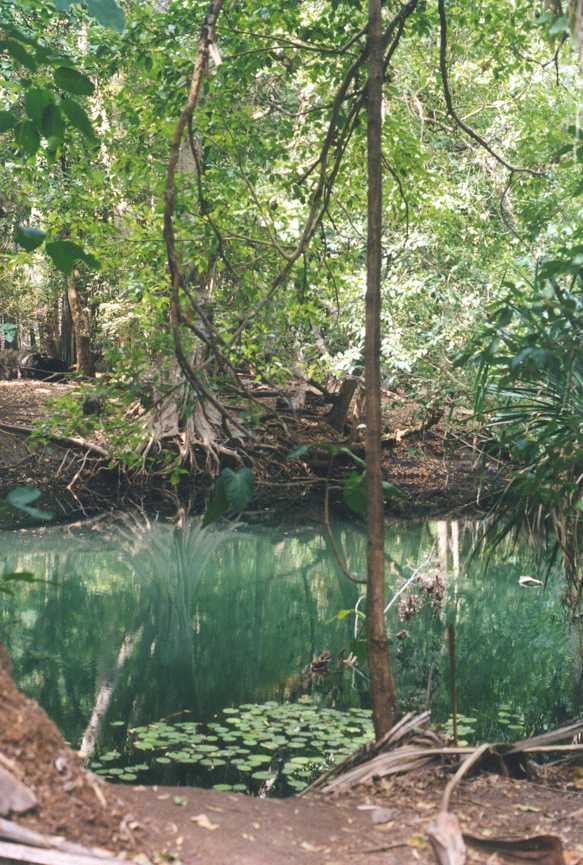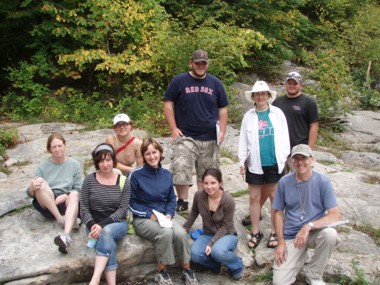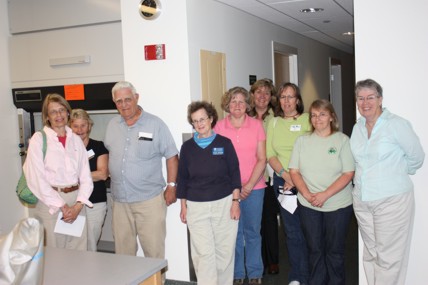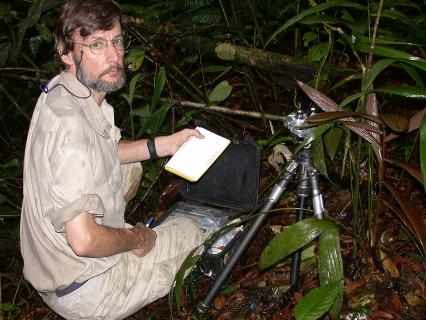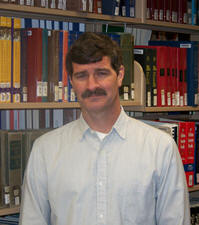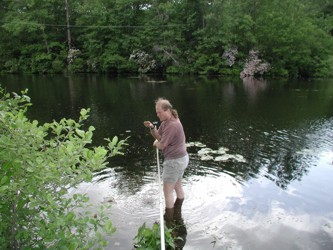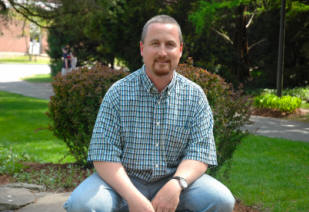 |
 |
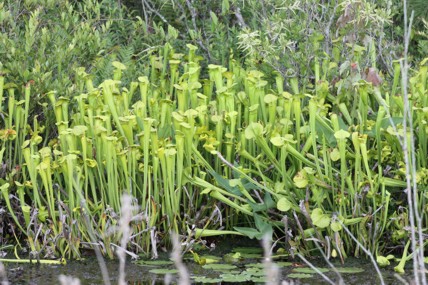 |
 |
| We enjoy some lunch on
an
eastern Finland bog - in January! |
I hold a baby Tasmanian Devil in Hobart |
Pitcher plants (Sarracenia) in a southern Georgia
bog |
Nic Tippery in a southern Mississippi
wetland |
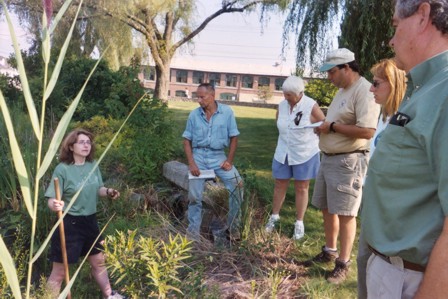 |
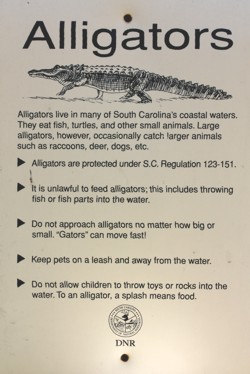
|
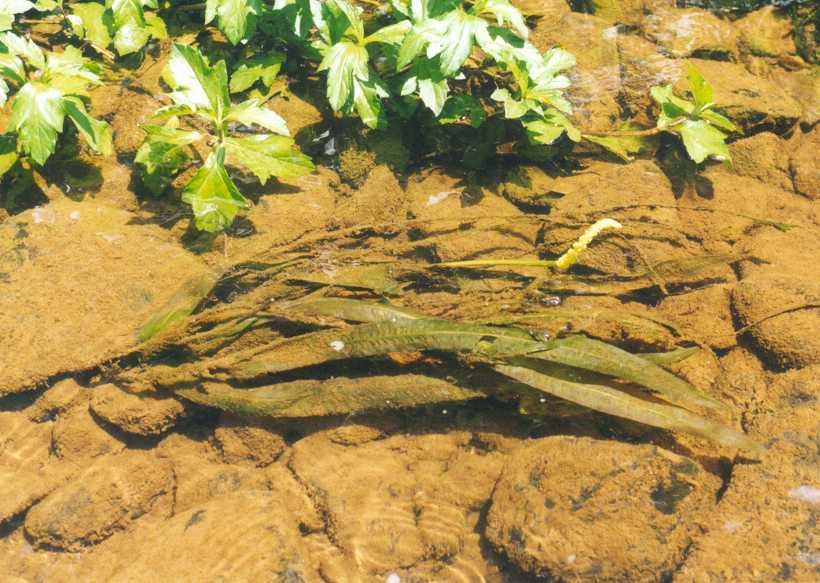
|
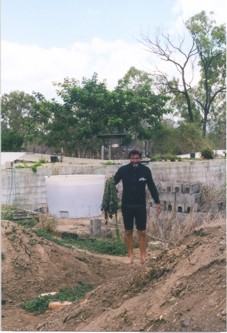 |
| Lori Benoit
(left) discusses Hydrilla with TNC staff during
a training
session. |
Collecting aquatic
plants always is exciting!
|
Aponogeton lancesmithii in
northeastern Queensland, so named for its discoverer (see right)
|
Lance Smith brings me
some Aponogeton
from
his commercial aquatic pools |
 |
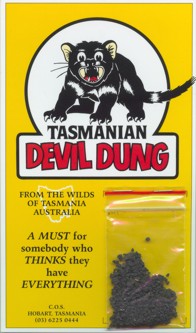 |
 |
 |
| A vintage photo showing
some of Australia's ferocious wildlife. |
Some specimens should NEVER be collected. |
Subtle natural
landmarks help us to locate Nymphaeas in a remote section
of Queensland.
|
Key provisions for
Aussie field work
|
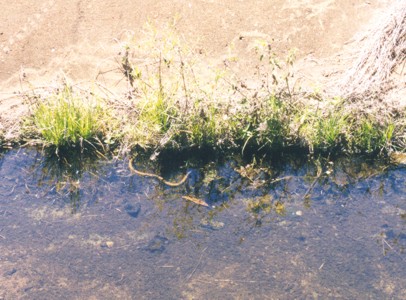 |
 |
 |
 |
| A lethal brown snake
awaits wary plant collectors in the "Atherton Tablelands" |
The tropics down under |
Australian aquatic
plant expert Surrey Jacobs as we end another day of field work. |
Beautifully reflective
gum trees (Nyssa) in South Carolina |

 2008
2008










